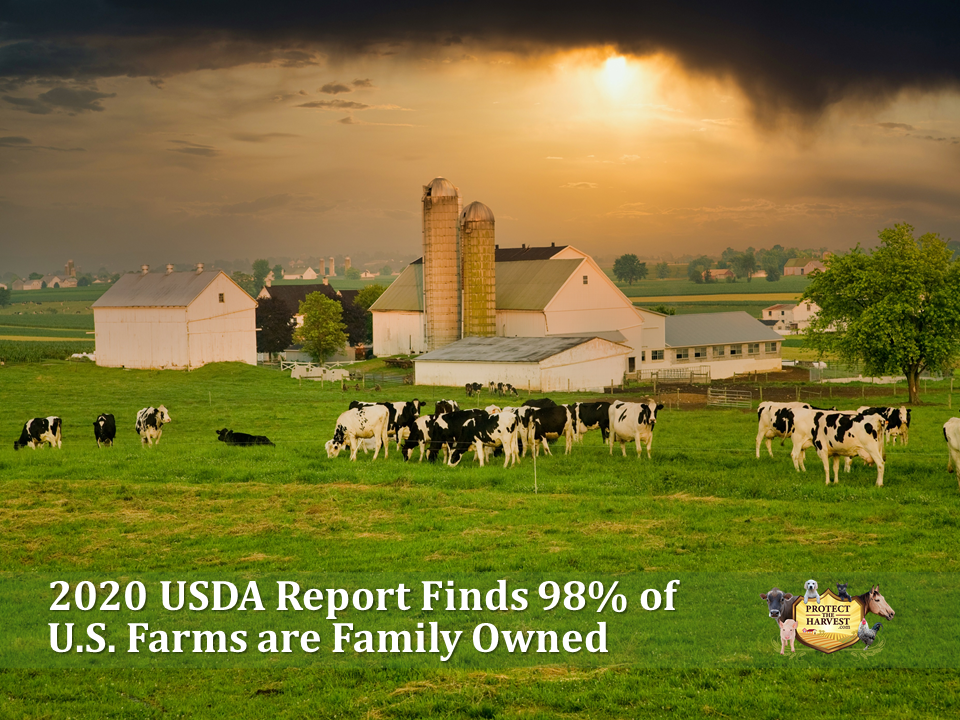
2020 USDA data on farms in the United States shows little change from 2019 statistics. Contrary to what is believed by the non-farming public, the majority of farms are not owned by “big business”. In fact, 98% of all farms are family-owned.
The information for this statistic is compiled from the Agricultural Resource Management Survey using a sample of approximately 14.450 farms.
Approximately 90% of farms are considered small family farms. In 2019, small family-owned farms accounted for 49% of the land operated by farms. Family farms also accounted for 86% of production.
Non-family farms accounted for the remaining farms (2%).
Production
The largest share of the value of farm production (44%) occurs on large-scale family farms, with the remaining 42% split between midsize and small family farms.
Nonfamily farms accounted for 14% of production.
Women in Farming
Women play a key role in over half of farm operations. They are operators in over half (51%) of all farming operations. The largest share of principal female operations are found in farms specializing in poultry and other livestock, at 31 and 30% respectively.
Commodities Breakdown Between Farm Types
Poultry and eggs and hay were produced mostly by midsize and small farms, while large-scale family farms produced mostly dairy, cotton, and high-value crops.
Large-scale family farms commodities (in descending order) were dairy, cotton, high-value crops, hogs, beef, cash grains and soybeans, hay and poultry and eggs.
Midsize family farms commodities (in descending order) were poultry and eggs, cash grain and soybeans, cotton, hay, hogs, beef, dairy, high value crops.
Small scale farms commodities (in descending order) were hay, poultry and eggs, beef, hogs, cash grain and soybeans, dairy, high value crops and cotton.
Nonfamily farms commodities (in descending order) were high value crops, beef, hogs, dairy, cotton, cash grain and soybeans, hay and poultry and eggs.
*High value crops include fruits, vegetables, tree nuts and nursery/greenhouse crops.
To view the full 2020 USDA report: https://www.ers.usda.gov/webdocs/publications/100012/eib-220.pdf?v=1095.8


